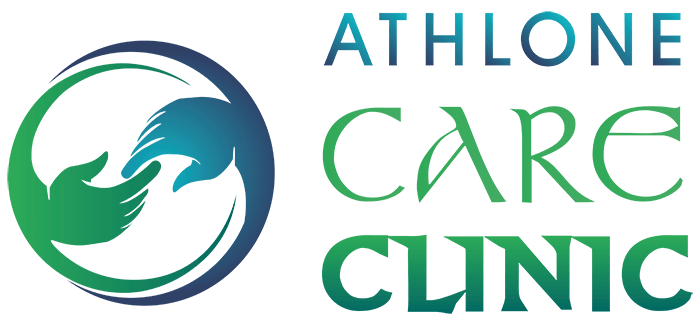Understanding Self-Harm In Children and Teens
Self-harm in children and teens has increased at an alarming rate over the past few years. In this article, I will answer the most asked questions by parents on self-harm—Why do children and teens self-harm? How can parents or guardians help their child who is engaging in self-harm?
Self-harm is the intentional non-fatal act of inflicting any injury to oneself regardless of intent. Often, most people who ingage in self-harm have no suicide intention. They want to overcome the emotional pain or excessive distress they are experiencing.
HOW COMMON IS SELF-HARM IN CHILDREN
Self-harm occurs in people of all ages and gender. Interestingly, self-harm is prevalent among young people aged 15 and younger. A study to assess the age dominance of self-harm conceded that males between the ages of 6 and 12 are more likely to self-harm. But female adolescents above 12 years old self-harm more than males.
COMMON EXAMPLES OF HOW CHILDREN SELF-HARM
- Burning
- Self-poisoning, especially with insecticides.
- Overdosing, especially with Paracetamol or any other analgesic available.
- Jumping from heights
- Drowning
- Suffocating
- Cutting or stabbing
- Scratching their skin
- Pulling out hair strands.
HIDDEN SIGNS THAT YOUR CHILD MIGHT BE SELF-HARMING
- Covering up unreasonably. For example, always in long dresses or full sleeves, even in warm weather.
- Isolation and not wanting to spend time with others.
- Acting out.
- Lack of confidence and self-esteem.
- Blood stains on clothes.
- You find dangerous items in their room, like blades or matchsticks.

WHY IS MY CHILD SELF-HARMING
There are various reasons why children and teens engage in self-harm. According to a groundbreaking 2021 study conducted in the United Kingdom, the most common problems preceding self-harm include.
- Difficulties in relationships with family members, such as divorce, and bereavement account for 33.8% of incidences of self-harm in children.
- Problems with friends and social life contribute to 19.3% of why children self-harm.
- School or Study problems account for 13.1% of self-harm in children.
- Abuse (Physical, Mental or Sexual) causes 7.5% of children to self-harm.
- Mental Health disorders like mood disorders (For example, Bipolar) and personality disorders (For example, Avoidant personality disorder) lead to 6.5% chances of self-harm in children.
- 4% were not accountable for this study.
NOTE
A child who results in self-harming has difficulty communicating his/her feelings or emotions effectively.
Self-harm is a negative coping mechanism that children develop to overcome their emotional pain and distress. Children who self-harm keep their thoughts and emotions piled up until they finally consume them. To them, self-harm is an escape—A way to distract them from the intense pain felt.

Practical Ways To Help Your Child Who Self-Harm
(Coping Mechanisms To Help With Self-Harm)
One of the most important ways to help is to show support. You can show your support by encouraging them to talk to you or letting your child know you are here for them. You do not necessarily have to say anything, just being there with them, and showing them that you love and care about them, helps them open up to you about their troubling emotions and distress.
A change of environment.
Being somewhere the child feels safe helps take their mind off their problems and relaxes them. In a study to assess how children who self-harm deal with it, most reported that going outside for a while helped them avoid the impulse to self-harm.
Diversional therapy or Distraction.
Whenever there is an impulse to self-harm, you can engage them in enjoyable or soothing activities that distract them. This action will make your child happy rather than dwelling on their distress.
Make a comfort box.
Provide a comfort box for comforting messages. Whenever your child has the impulse to self-harm, he/she can instead draw out these comforting messages to de-stress, be happy, and be grateful.
Another Coping mechanism is Cognitive restructuring. This skill refers to matching negative emotions or thoughts with positive ones. A good example is whenever your child has a negative perception or fear of something that could lead them to self-harm, pause, and ask why it even matters. (Often, it doesn’t even matter). Another example is watching a sad movie with them when they are depressed to make them cry and ‘let out’ their emotions.
Another Coping mechanism is Cognitive restructuring. This skill refers to matching negative emotions or thoughts with positive ones. A good example is whenever your child has a negative perception or fear of something that could lead them to self-harm, pause, and ask why it even matters. (Often, it doesn’t even matter). Another example is watching a sad movie with them when they are depressed to make them cry and ‘let out’ their emotions.
Provide a Safer environment.
This intervention goes without saying. Following self-harm, remove all dangerous items, like razors, medications, etc. from your child’s reach to prevent them from repeating the action.
Last but not least, self-harm in children and teens is a sign of deep distress and needs the attention of a Mental Health specialist. A psychological assessment of the child is required and recommended by the National Institute for Health and Care Excellence(NIHCE) following self-harm.

0 Comments